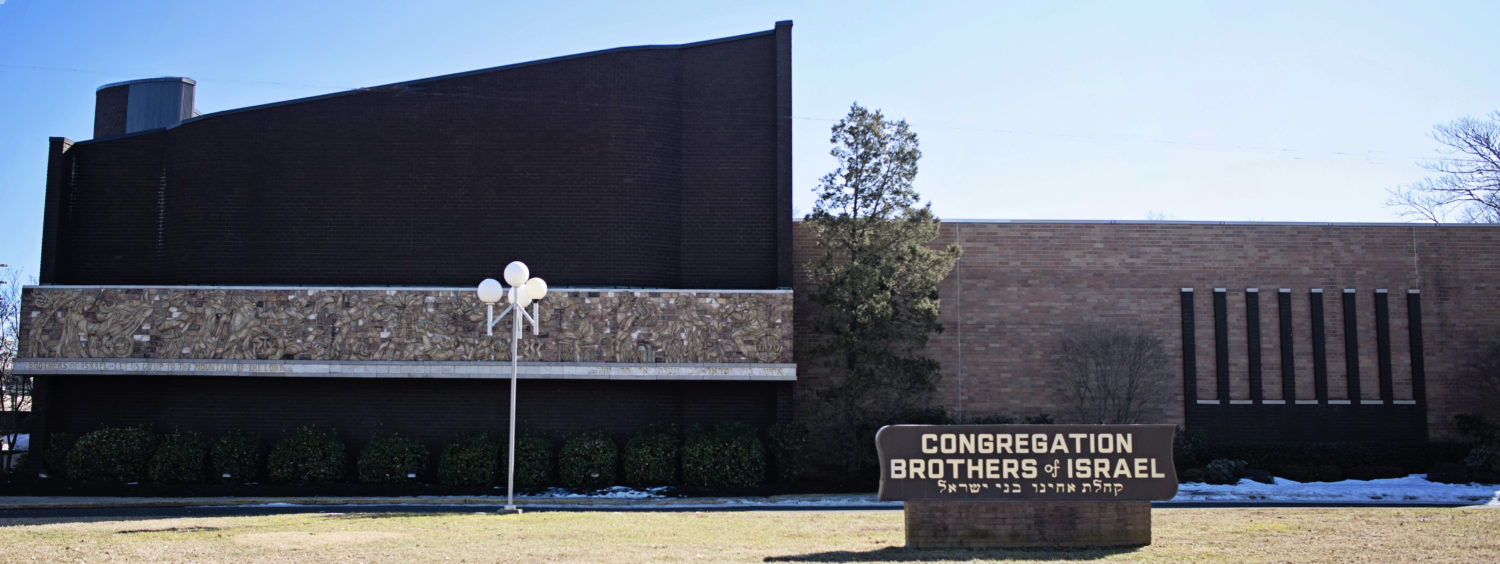What Is A Cherub?
Adapted from Rabbi Braun’s sermon in 5775
When you think of a cherub, or if you were to Google cherub under the image tab, you see a pudgy baby with wings.
I am not sure why they are always pudgy but winged angels, at least in Judaism has its source in a Gemara quoted by Rashi in our parsha.
- And you shall make two kerubim of gold, of hammered workmanship shall you make them, in the two ends of the cover.
- And make one kerub on one end, and the other kerub on the other end; of the cover shall you make the kerubim on its two ends.
- And the kerubim shall stretch out their wings on high, covering the cover with their wings, and their faces shall look one to another; toward the cover shall the faces of the kerubim be.
From the text we know that there are two of them, we know their position on the curtain covering the ark and that they are gold.
We are not told, however, what a cherub is. What does it actually look like?
Rashi quotes the Talmud in Chagiga 13b that they have an infant’s face upon them! Rabbeinu Bechaya explains that the word is ke-rub, the chaf means “like” and “rabia” in some places means a child. Keruvim = like a child.
That is not the end of the story. Based on the second opinion in that Gemara, Rabbeinu Bechaya suggests that the Keruvim are actually one adult and one child.
Others suggest that they are infants- one male and one female.
Rashbam and Chizkuni write that keruvim are large winged birds. That actually makes a fair amount of sense as birds are more likely to be winged than infants are!
To further complicate matters – when you are looking to define a term in the Torah whose meaning is unclear and not readily apparent, it is usually a good idea to find other times in the Torah or Tanach when the same term is used.
The term keruv is found in the book of Bereishit and the book of Ezekiel and neither seems to support the angelic baby theory.
After Adam and Eve are exiled from the Garden of Eden God places a guard at the entrance to block the passage back.
24. So he drove out the man; and he placed Kerubim at the east of the garden of Eden, and a flaming sword which turned every way, to guard the way of the tree of life.
What is guarding the garden?
Most of the commentators believe that they are angels. Rashi himself reads keruvim here not as baby faced forms, rather as angels of destruction.
The chizkuni does not explain that the keruvim guarding the garden are winged birds, rather they are frightening shapes.
To be fair, it would be really strange to think about baby faced forms with swirling swords guarding the Garden of Eden and it would be equally weird to have frightening forms or angels of destruction on the parochet covering the ark. But, it would be nice if we knew what the word meant and what a keruv actually is!
The only one who might have a consistent position is the Rosh. In his commentary to Genesis he writes that the angles took the form of oxen. That explanation very likely comes from his understanding of the term keruv in Ezekiel’s vision. He doesn’t comment on our parsha so there is no way to know if he thinks golden oxen are on the parochet but if he did he would be the only one with a consistent definition of the term.
What about everyone else?
It might be that they agree with the Eben Ezra without actually saying so. The Eben Ezra writes, in his commentary to our parsha and to Bereishit, that the word keruv is a term that means form or shape, but it does not refer to a specific shape.
According to this in each case, the Torah tells us that there is a general form guarding the garden or on the parochet but does not tell us what that shape is.
The shape that we believe it takes will then be very telling about the nature or purpose of the item it is related to.
We definitely want something frightening guarding the Garden. Most don’t try and define the shape because it is not important. What is important is that they are divine messengers wielding swords.
What about our Keruvim?
The Keruvim cover or guard the torah in the ark.
Winged birds convey an image of looking upward to heaven, the realm of the birds.
Baby faced creatures with wings might represent the purity of the child and the necessity for that type of purity to approach the Torah.
While both correct messages, both of these are actually approaches that indicate a lack of accessibility of God and Torah. If you are not near that level of purity or heavenliness maybe Torah is not for you.
I actually prefer the man/child or man/woman version of the keruvim. I know it messes up the mental image but the message is beautiful.
Adult/child and man/woman represent a powerful and meaningful relationship. Placing figures representing a relationship on the ark teaches us that our relationship to God is through the Torah. God and Man or Woman meet and connect through learning Torah.
That is a beautiful message!

